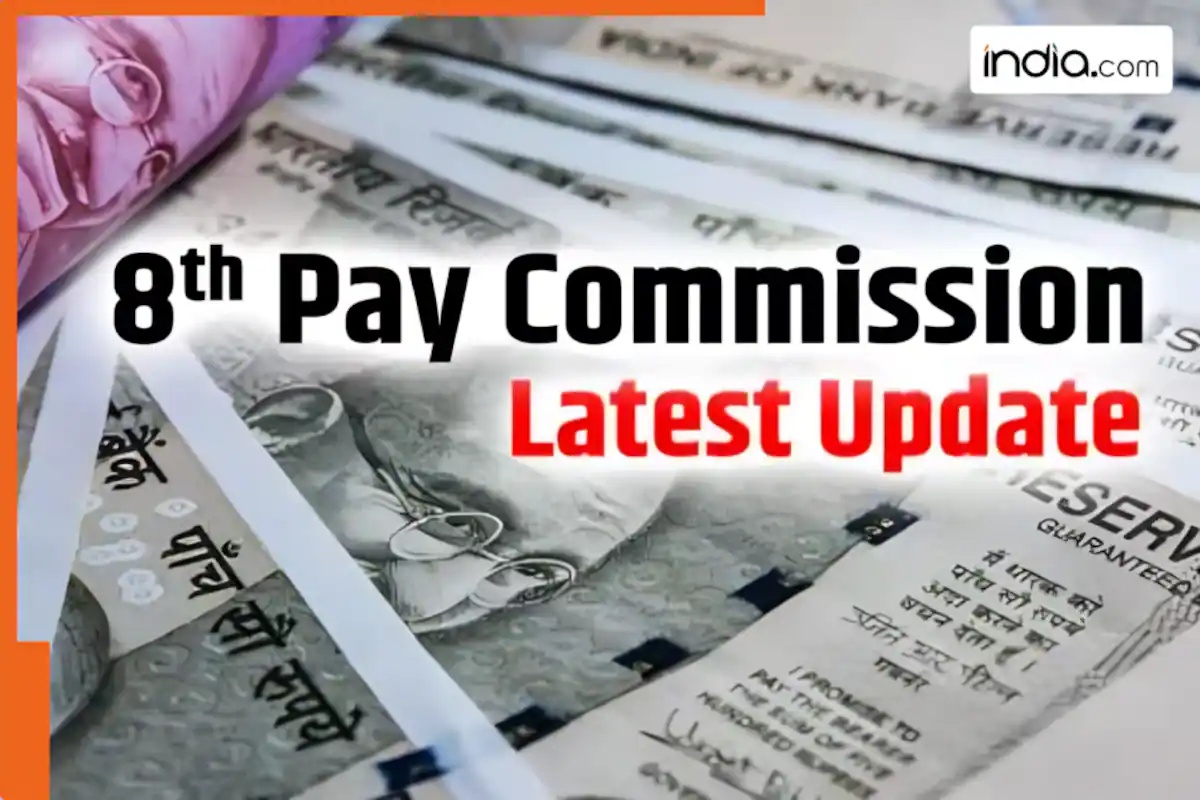
Central Government Employees Await Eighth Pay Commission Reforms
The impending Eighth Pay Commission has sparked widespread anticipation among central government employees and pensioners, with projections indicating a potential 30-34% salary increase by 2026 or 2027. This proposed revision aims to address inflationary pressures and align compensation with current economic conditions. Experts suggest the government may face a fiscal burden of approximately Rs 1.8 lakh crore due to these adjustments. The commission’s recommendations could reshape income structures for millions, with implications extending beyond individual finances to broader economic growth. While the exact implementation timeline remains pending, the potential for significant salary hikes has already triggered discussions about its impact on public spending and national budget planning.
Fitment Factors and Salary Calculation Mechanics
Central to the commission’s framework is the fitment factor, a multiplier used to adjust existing salaries according to the new pay structure. Analysts predict this factor could range between 1.83 and 2.46, with real-world applications demonstrating its transformative potential. For instance, a minimum salary of Rs 18,000 could escalate to Rs 44,280 under the higher end of the fitment scale. Similarly, employees earning Rs 50,000 may see their income rise to Rs 1.23 lakh or Rs 91,500 depending on the applied factor. These calculations highlight the disparity in potential gains across different salary brackets, raising questions about equity in the proposed reforms.
Dearness Allowance and Pension Adjustments
Beyond base salary revisions, the commission is expected to address dearness allowance (DA) and pension adjustments, which are critical for maintaining purchasing power. DA increases could provide immediate relief to employees facing rising living costs, while pension revisions may enhance financial security for retired personnel. These adjustments are anticipated to stimulate consumer spending, potentially boosting economic activity through increased demand. The interplay between salary hikes and DA changes could create a multiplier effect, influencing inflation rates and market dynamics. However, the exact magnitude of these adjustments remains under review as the commission evaluates economic indicators and fiscal constraints.
Broader Economic Implications and Sectoral Impact
The proposed reforms carry far-reaching implications for India’s economic landscape. Enhanced employee incomes could lead to higher consumer spending, which may drive industrial growth and create a positive feedback loop for the economy. However, the government must balance these benefits against the fiscal strain of increased public expenditure. Sector-specific impacts are expected to vary, with industries reliant on government contracts potentially experiencing ripple effects from wage adjustments. The commission’s recommendations will also influence labor market dynamics, affecting recruitment, retention, and productivity across public sector organizations. As the final report approaches, stakeholders are closely monitoring its potential to reshape both individual livelihoods and national economic trajectories.
Public Sector Reforms and Long-Term Outlook
The Eighth Pay Commission’s proposed reforms represent a pivotal moment for India’s public sector workforce. By addressing long-standing disparities and aligning compensation with contemporary economic realities, the commission aims to enhance employee morale and operational efficiency. However, the success of these reforms will depend on effective implementation and sustainable fiscal management. As the government prepares for the 2026 or 2027 implementation window, the focus will shift to balancing immediate benefits with long-term economic stability. The outcome of this commission could set a precedent for future wage negotiations and public sector reforms, shaping the trajectory of India’s labor market for years to come.




